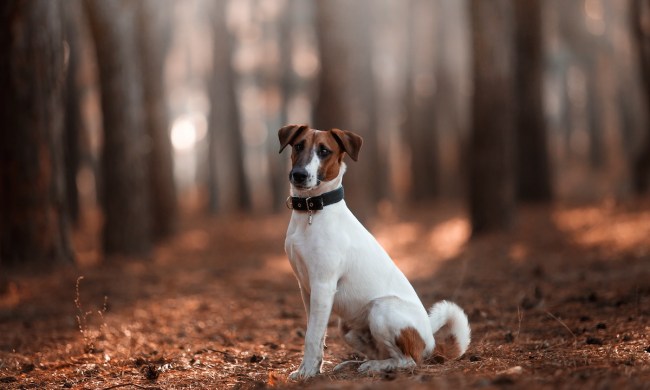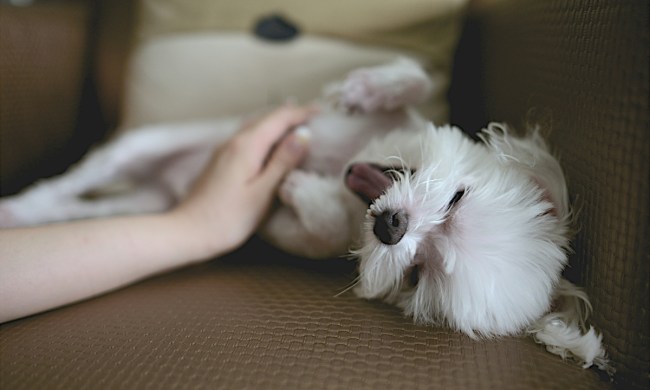Your dog is like a furry child, and no one wants to believe their kid isn’t one of the brightest pupils in the classroom. But, just like with human children, not all dogs excel in academic pursuits. Every dog has its own unique personality, but there are several defining characteristics commonly found in certain breeds.
Some breeds, like French bulldogs, are natural entertainers known for their playfulness. Others, like Great Danes, are sturdy and dignified. Yet other breeds are known for their intelligence. Have you ever wondered, “Which breeds are the smartest dog breeds in the world?” Is your dog on the list? The results might surprise you.
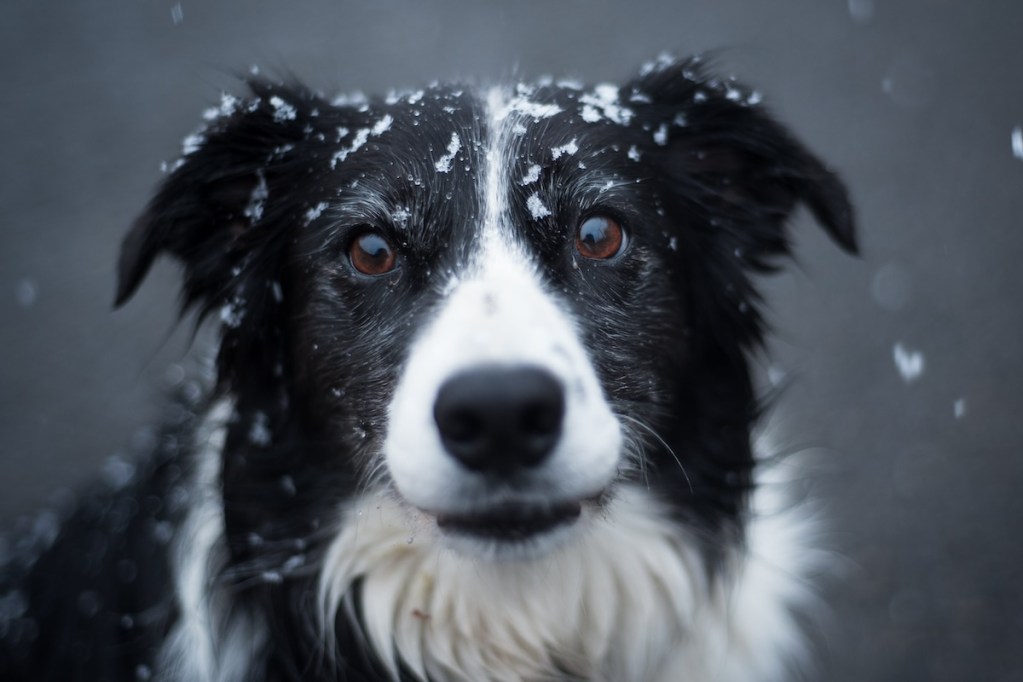
What breed of dog is the most intelligent?
Measuring intelligence in any mammal is a tricky thing. With humans, intellectual prowess is only one key factor when it comes to determining intelligence. Our emotional intelligence, defined as “the ability to identify and regulate one’s emotions and understand the emotions of others,” is what allows us to create and foster relationships in our personal and work lives.
According to research, determining intelligence is equally as complicated as far as our canine companions are concerned. When ranking dog breeds in terms of intelligence, canine psychologist Stanley Coren considered the following:
- Adaptive intelligence
- Working intelligence
- Instinctive intelligence
- Spatial intelligence
- Kinesthetic intelligence
- Interpersonal intelligence
In Coren’s book, The Intelligence of Dogs, he compiled data on 199 dog breeds. Which is the smartest dog breed? According to Coren, the cleverest dog breed in the world is the border collie.
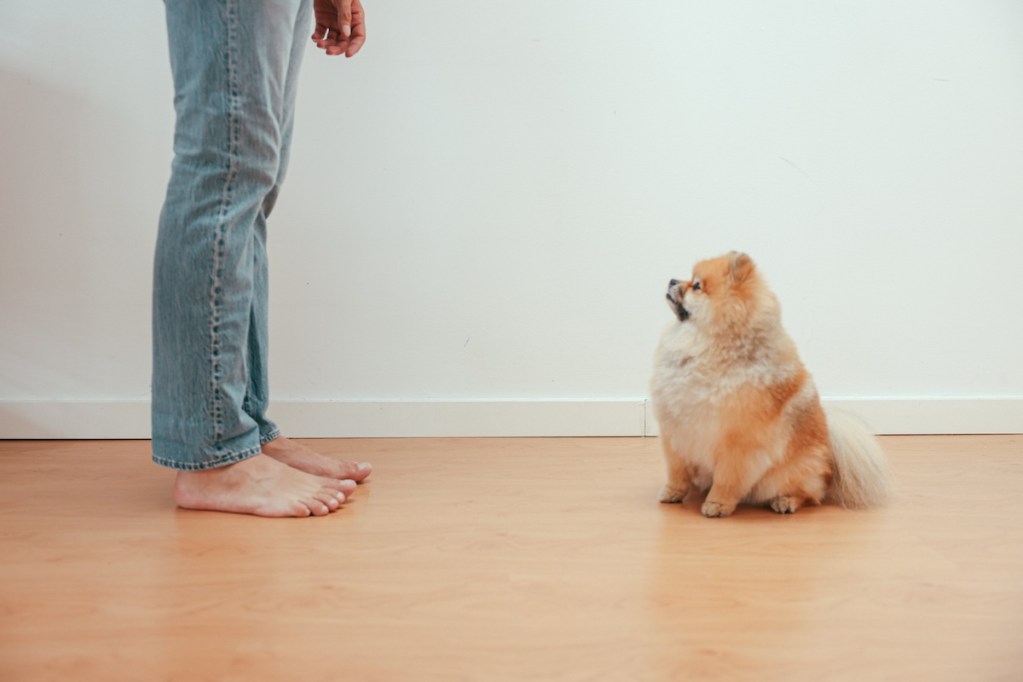
What are the smartest small dog breeds?
Often depicted as obnoxious, yappy ankle-biters, small dogs sometimes get a bad rap thanks to negative portrayals in the media. But that couldn’t be further from the truth. Small dogs can be just as loyal, just as affectionate, and just as intelligent as large dogs. Whether you live in an apartment with breed size limitations or you simply prefer a small dog you can easily pick up and carry, small breeds make loving companions.
But have you ever wondered which small dog breeds are the smartest? According to the American Kennel Club, miniature and toy poodles, papillons, miniature American shepherds, miniature schnauzers, and Pomeranians round out the coveted top spots on the list of the world’s smartest small dog breeds.
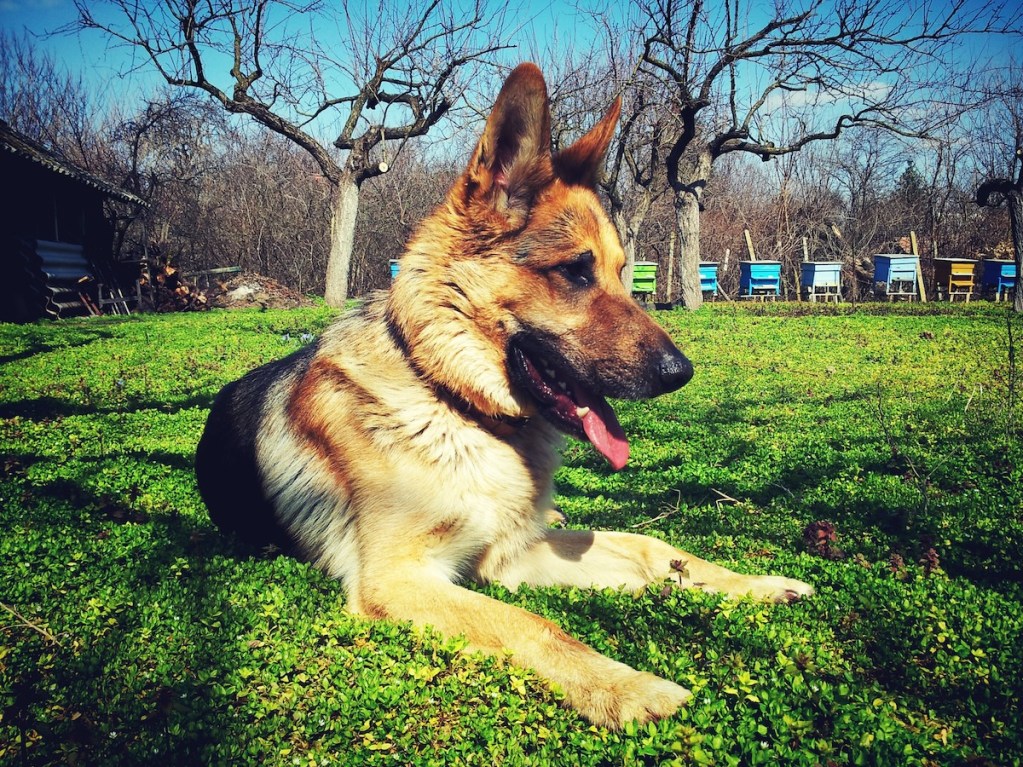
The smartest dog breeds, ranked
Returning to Coren’s book, here are the five smartest dog breeds in the world.
1. Border collie
Did you know that a border collie named Chaser was taught to recognize over 1,022 nouns? While this is a truly impressive feat, border collies are renowned for their intelligence, specifically their instinctive intelligence. Originally bred as herders, Border Collies are known as the world’s most intelligent dog breed. Their adaptive intelligence and desire to please make them easy to train. In fact, most border collies are capable of learning a new trick in under five repetitions, which makes obedience training a breeze for these clever pups.
2. Poodle
Despite erroneous modern-day associations, poodles aren’t prim, prissy dogs by nature. In their native France, poodles were originally used as retrievers. Even their famous “show cut” dates back to their retrieving days. Those puffs of fur aren’t decorative; the poodle’s mane was crafted to protect their joints from frigid water, while the close-cropped areas were shaved to prevent the poodle’s fur from absorbing too much water and weighing them down. This highly intelligent breed can be trained to hunt, track, and obey commands.
3. German shepherd
Known for their work in law enforcement and as service dogs, German shepherds excel at obedience training. This bright, protective breed is capable of learning new commands after very few repetitions, and their dedication to their family is almost unmatched. The combination of intelligence and loyalty makes them highly sought-after companions in a number of fields. In fact, German shepherds became the first guide dogs in the 1920s, and the breed is still in use to this day.
4. Golden retriever
One of the most beloved dog breeds is also one of the smartest. Ranked the fourth smartest dog, golden retrievers are widely known for their obedience and eagerness to please their pet parents. What makes golden retrievers so smart? Experts think it’s their adaptive intelligence, which allows them to read human emotions and adapt to different scenarios quickly and efficiently.
5. Doberman pinscher
Intelligence doesn’t always go hand in hand with obedience, as is the case with Doberman pinschers. Dobermans are so smart they can grow bored with training sessions. They’ve even been known to outsmart professional dog trainers. That being said, providing your Doberman with intellectually stimulating toys makes training a lot easier. Originally bred as guard dogs, Dobermans have been used in law enforcement and search and rescue efforts.
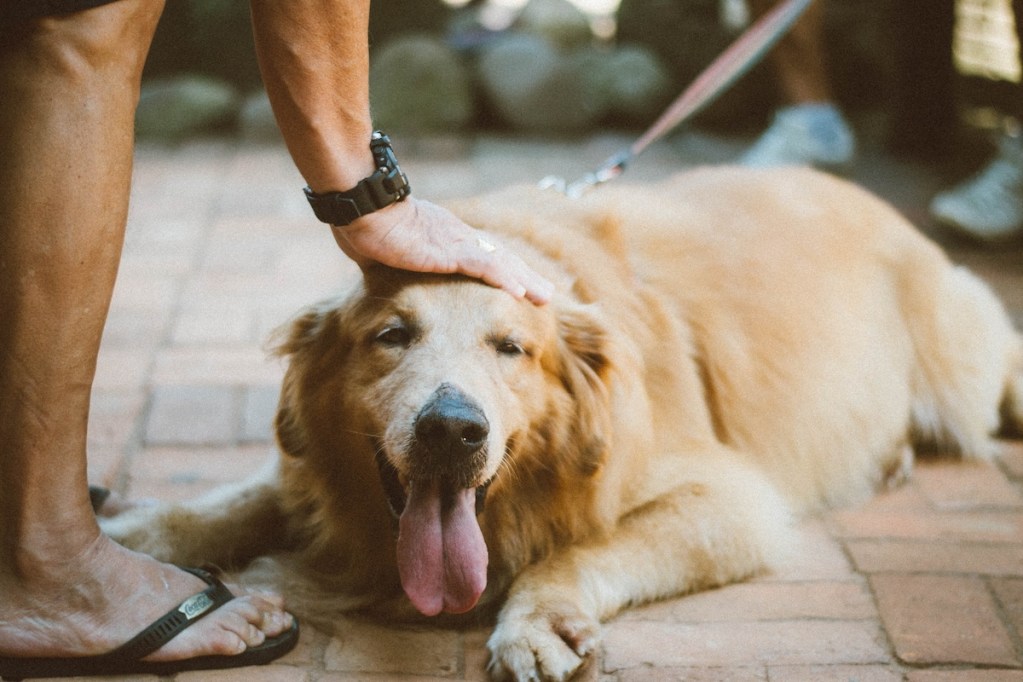
What is the smartest and calmest dog?
The golden retriever is considered one of the smartest and calmest dogs around. The beloved breed who counts famous faces like Buddy from AirBud among their ranks is generally considered easy to train, loyal, and whip-smart. Goldens usually get along swimmingly with young children and other pets in the home, making them an ideal pet for families of all stripes and types. That said, breed characteristics are generalizations. One golden retriever may differ from others in their pack. It’s always good to speak with a breeder or shelter about the specific dog you are looking at, regardless of breed.

Final thoughts
As much as we would love to delve into every breed, we don’t have enough time. (And you’d probably get bored.) Whether you want to ensure the new pup you’re adopting is smart and easy to train, or you simply want to find out how your dog measures up in terms of intelligence, you might want to check out Stanley Coren’s book or watch the fascinating documentary, The Secret Life of the Dog.


